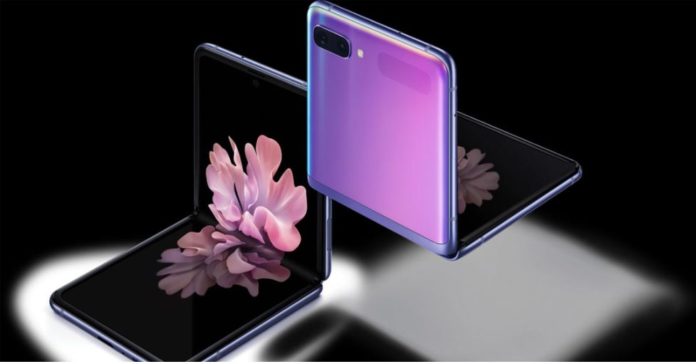
Samsung Electronics is reportedly pouring more money into its gamble that folding phones will become the next big thing as it projects a surge in sales of the novel handsets.
Foldable sales are expected to increase by several times in 2021 from the previous year and continue significant growth in 2022, Bloomberg reported Samsung as saying, without providing a specific forecast.
Its display division is expanding foldable panel production and making supplemental investments to preemptively address what the company sees as rising demand for the category.
“We think that we have succeeded in starting and leading the mainstreaming of foldables in the market,” vice president Sung-koo Kim from the company’s mobile division said during a conference call to discuss earnings on Thursday.
The South Korean electronics giant launched the third-generation Galaxy Z Fold and Galaxy Z Flip in August, breaking new ground by pricing the smaller device at US$999 and promising to put the full force of its global marketing juggernaut behind the category. Powered by the Z Flip3, the line-up sold a million units in South Korea at the fastest pace for any Samsung smartphone in two years, the company has said.
Samsung is counting on the devices to lead the charge against Apple’s perennial bestselling iPhone this holiday season. It skipped releasing a Note device this year and instead used its late-winter launch window to put the focus squarely on its foldables.
The push into a novel smartphone form factor paid off for Samsung a decade ago when it introduced the Galaxy Note. It pioneered the larger screen sizes common today and differentiated its devices with a unique stylus that’s since also shown up in Apple’s iPads and Microsoft’s Surface devices. The Note series has reliably sold in the millions of units each year but its distinctiveness has faded over the past decade and the company decided not to release a new model this year, instead adding a stylus to the Z Fold3 and making room for foldables to take over.
The Note devices provide the blueprint for Samsung’s approach now: leading with hardware differentiation and comparable pricing to other top-tier smartphones. The Z series can cost more than $1 800 — in line with the lofty pricing of foldable gadgets from all manufacturers to date — but Samsung moved to the sub-$1 000 mark sooner than the competition with its Z Flip3, which has expanded the potential customer base.
Samsung has closed the gap between its foldables and regular smartphones, offering nearly identical specifications, including water resistance and 5G wireless support. The Flip can be used even while closed to make Samsung Pay contactless payments and it has a new, larger exterior screen that synchronises with the company’s Galaxy Watch smartwatch.
The device has shown no signs of the durability flaws that plagued first-generation foldables from Samsung and others, though its comparatively small battery and overheating issues still need improvement. Samsung may also find it challenging to produce enough of the gadget to satisfy mass-market demand.
Foldable smartphones are widely expected to become the fastest-growing phone category, with Counterpoint estimates pointing to 10-fold growth by 2023. Samsung may hold three-quarters of that market in the coming years as it commands the supply of the most advanced foldable displays, the researchers said.










